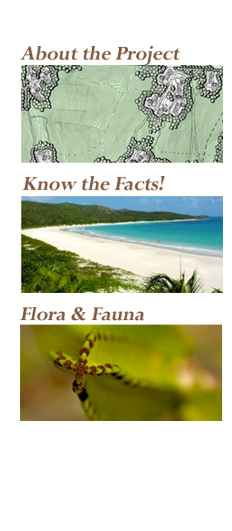


Culebra (Spanish pronunciation: [ku?leβ?a], "Snake Island") is an island-municipality of Puerto Rico originally called Isla Pasaje and Isla de San Ildefonso. It is located approximately 17 miles (27 km) east of the Puerto Rican mainland, 12 miles (19 km) west of St. Thomas and 9 miles (14 km) north of Vieques. Culebra is spread over 5 wards and Culebra (Dewey) Pueblo (The downtown area and the administrative center of the city). The island is also known as Isla Chiquita ("Little Island") and Última Virgen ("Last Virgin", reflecting its position at the end of the Virgin islands archipelago). Residents of the island are known as Culebrenses.
History
Some sources claim that Christopher Columbus was the first European to arrive at the island during his second voyage in 1493.[2][3][4] It is believed that the island was populated by Carib Indians during the colonization, After Agüeybaná and Agüeybaná II led the Taíno rebellion of 1511, Taíno Indians from the main island sought refuge on Culebra and allied with Caribs to launch random attacks at the island estates.[5]
After that, the island was left abandoned for centuries. During the era of Spanish commerce through the Americas, it was used as a refuge for pirates, as well as local fishermen and sailors.[6] Some sources mention an Englishman named Stevens, who was put in charge of Culebra in 1875 by the Spanish crown to protect the island from foreigners.[7]
Culebra was then settled by Cayetano Escudero Sanz on October 27, 1880. This first settlement was called San Ildefonso, to honor the Bishop ofToledo, San Ildefonso de la Culebra. Two years later, on September 25, 1882, construction of the Culebrita Lighthouse began. It was completed on February 25, 1886 which made it the oldest operating lighthouse in the Caribbean until 1975, when the U.S. Navy and Coast Guard finally closed the facility.[8]


